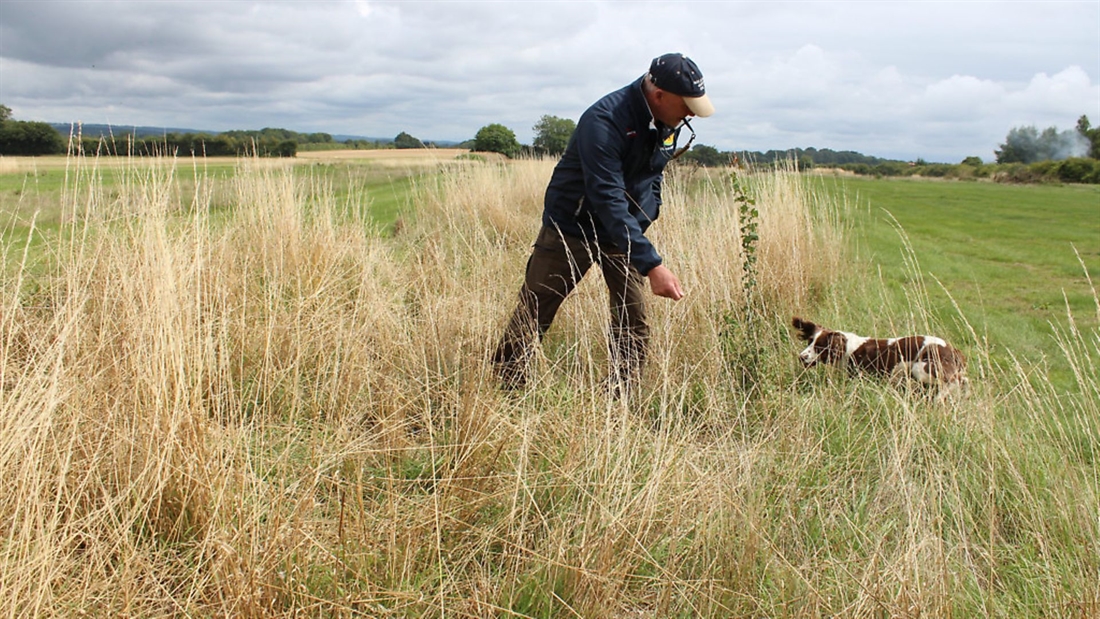My spaniel is getting too far out in front

Advice on keeping a young, fast working spaniel within controllable range when hunting, with Howard Kirby of Mullenscote Gundogs
Q: My two-year-old spaniel Purdy is one fast dog. I believe his ability is outstanding, but when hunting he’s getting a bit in front or out of shot. I’m blaming myself because on his walks he will take himself off a little in the field, rather than staying close by me.
HOWARD KIRBY replies: This is a common problem with powerful spaniels. It’s important that you take a look at Purdy’s daily exercise regime. If he’s doing a lot of free-hunting then it’s likely that he will become more and more independent of you.
Try to give him exercise through training sessions. These would include retrieving practice, which will inevitably involve basic obedience – come, sit, stay, fetch, directional commands, and sitting to the whistle. Assuming you do things correctly, these exercises will sharpen him up. He will be focused on you and waiting for an opportunity to make a retrieve. While we are looking for him to become more obedient, it’s still essential that this is fun for him. For sure you will need to correct him, but if your corrections are well timed and pitched at the right level he will understand what it is that you don’t want. Try to remember that you want to get him to understand that all the fun (the retrieves) comes via you.
When you take him hunting, encourage him to hunt around you, and try to engineer it so that all of his ‘finds’ are near you. Drop dummies and hunt him onto them; ideally you will be directing him into the find. There is a balance to strike here, as we need him to get his head down and hunt, but we want him to believe that you are a great hunting master to follow. All this sounds great until he gets his head down and decides to do his own thing. In order to control him you will need him to be really responsive to the whistle. If he ignores a whistle command you will need to be straight after him – ensure he understands that you won’t tolerate disobedience but that if he stays close he will be able to hunt as much as he likes.
Never underestimate how skilled a good hunting-dog handler is. If you are really struggling, book some time with someone that really knows their stuff. It will take time and patience to learn your craft; dogs don’t suffer fools and will only choose to be led by you if you are a deserving leader.





